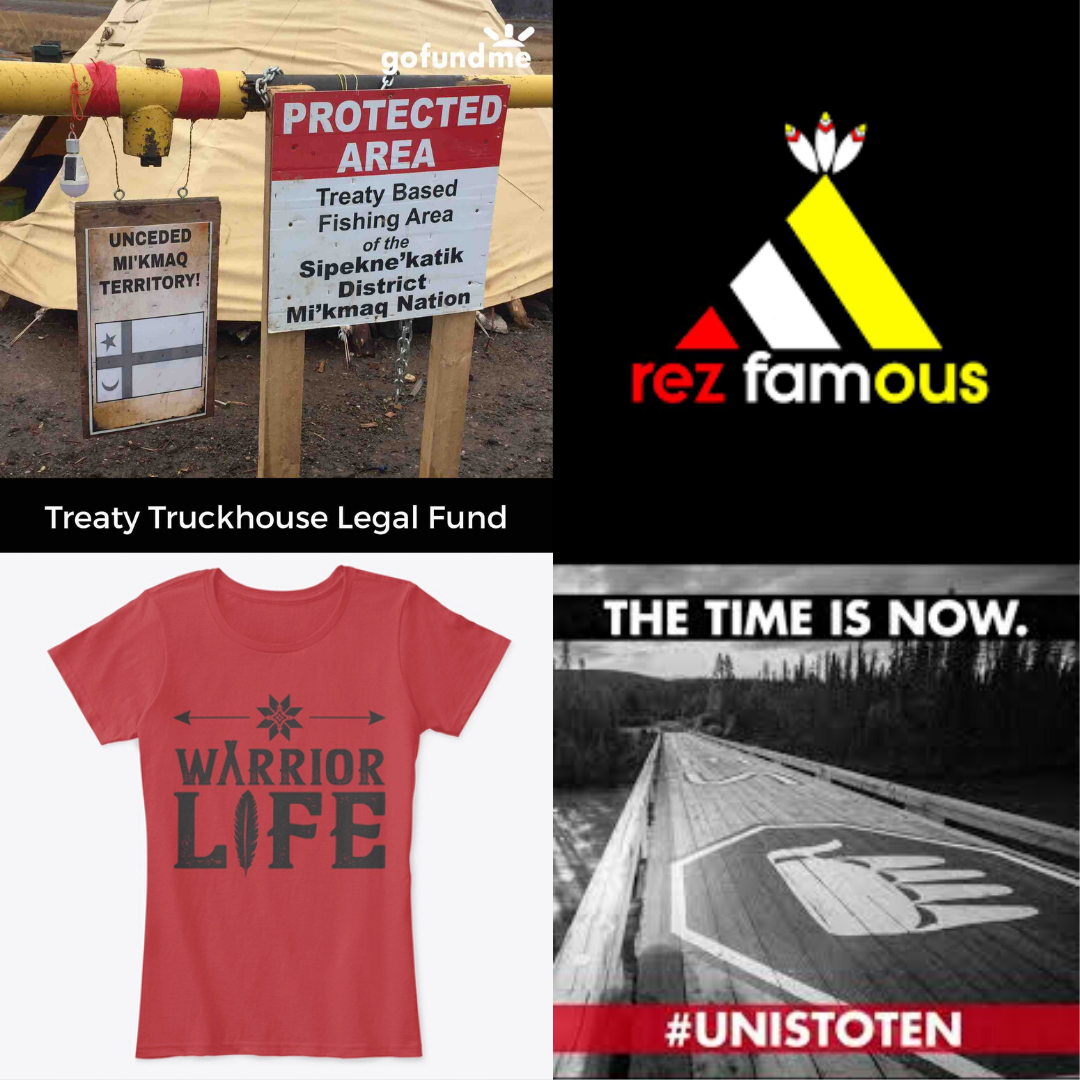C-92 An Act Respecting First Nations, Inuit and Métis Children, Youth and Families THE FEDERAL GOVERNMENT has once again proven that legislative initiatives tend to be effective deflections from their ongoing failures to address human rights abuses against Indigenous peoples. Bill C-92: An Act Respecting First Nations, Inuit and Métis Children, Youth and Families (2019) was heralded…
Canada’s Shell Game on C-92 Funding

